C++的STL简介(四)
目录
1.List
2.list 模拟实现
2.1基本框架
2.2 list_node
2.3 list
2.3.1 默认构造
2.3.2 析构函数
2.3.3 begin()
2.3.4 end()
2.3.5 size()
2.3.6 empty()
2.3.7 insert()
2.3.8 push_back()
2.3.9 push_front()
2.3.10 erase ()
2.3.11 pop_back()
2.3.12 pop_front()
2.4 list_iterator
2.4.1 - >
2.4.2 *
2.4.3 前置++
2.4.4 后置++
2.4.5 前置--
2.4.6 后置 --
2.4.7 !=
2.4.8 list_iterator完整代码
2.5 list_const_iterator
3.整个实现完整代码
1.List
-
List是连续的容器,而vector是非连续的容器,即list将元素存储在连续的存储器中,而vector存储在不连续的存储器中。
-
向量(vector)中间的插入和删除是非常昂贵的,因为它需要大量的时间来移动所有的元素。链表克服了这个问题,它是使用list容器实现的。
-
List支持双向,并为插入和删除操作提供了一种有效的方法。
-
在列表中遍历速度很慢,因为列表元素是按顺序访问的,而vector支持随机访问。
2.list 模拟实现
2.1基本框架
list_node来实现每个节点,list_iterator和list_const_iterator是两个不同版本的迭代器一个是普通迭代器一个是const类型的迭代器,名字上也有所区分,list本身就有迭代器的效果,这个是为了模拟这个,重载了一些基本运算符,而list是统一管理节点,具有增删查改等效果
#define _CRT_SECURE_NO_WARNINGS 1
#include <iostream>
#include <cassert>
#include <algorithm> // For std::reverseusing namespace std;namespace List
{// 节点类template<class T>class list_node{public:T _data;list_node<T>* _next;list_node<T>* _prev;list_node(const T& data = T()): _data(data), _next(nullptr), _prev(nullptr){}};//list迭代器template<class T>struct list_iterator{typedef list_node<T> Node;typedef list_iterator<T> Self;Node* _node;list_iterator(Node* node): _node(node){ }};//const版本迭代器template<class T>struct list_const_iterator{typedef list_node<T> Node;typedef list_const_iterator<T> Self;Node* _node;// 修正: list_const_iterator 的构造函数应该接受 Node* 类型list_const_iterator(Node* node): _node(node){ }};
//实现listtemplate<class T>class list{typedef list_node<T> Node;public:typedef list_iterator<T> iterator;typedef list_const_iterator<T> const_iterator;list(){_head = new Node(T());_head->_next = _head;_head->_prev = _head;_size = 0;}~list(){while (!empty()){pop_front();}delete _head;}private:Node* _head;size_t _size;};}
2.2 list_node
定义节点
template<class T>class list_node{public:T _data;list_node<T>* _next;list_node<T>* _prev;list_node(const T& data = T()): _data(data), _next(nullptr), _prev(nullptr){}};2.3 list
维护节点
//实现listtemplate<class T>class list{typedef list_node<T> Node;public:typedef list_iterator<T> iterator;typedef list_const_iterator<T> const_iterator;list(){_head = new Node(T());_head->_next = _head;_head->_prev = _head;_size = 0;}~list(){while (!empty()){pop_front();}delete _head;}private:Node* _head;size_t _size;};
2.3.1 默认构造
//默认构造list(){_head = new Node(T());_head->_next = _head;_head->_prev = _head;_size = 0;}2.3.2 析构函数
//析构函数~list(){while (!empty()){pop_front();}delete _head;}2.3.3 begin()
开始位置的迭代器
//begin()iterator begin(){return iterator(_head->_next);}//const const_iterator begin() const{return const_iterator(_head->_next);}
2.3.4 end()
结尾位置的迭代器
//普通版iterator end(){return iterator(_head);}//const版const_iterator end() const{return const_iterator(_head);}2.3.5 size()
数据个数
size_t size() const{return _size;}2.3.6 empty()
判空
bool empty() const{return _size == 0;}2.3.7 insert()
指定位置插入
void insert(iterator pos, const T& x){Node* cur = pos._node;Node* prev = cur->_prev;Node* newnode = new Node(x);//prev newnode curnewnode->_next = cur;cur->_prev = newnode;newnode->_prev = prev;prev->_next = newnode;++_size;}2.3.8 push_back()
尾插
void push_back(const T& x){insert(end(), x);}2.3.9 push_front()
头插
void push_front(const T& x){insert(begin(), x);}2.3.10 erase ()
指定位置删除
void erase(iterator pos){assert(pos != end());Node* prev = pos._node->_prev;Node* next = pos._node->_next;prev->_next = next;next->_prev = prev;delete pos._node;--_size;}
2.3.11 pop_back()
尾删
void pop_back(){erase(--end());}2.3.12 pop_front()
头删
void pop_front(){erase(begin());}2.3.13 list完整代码
template<class T>class list{typedef list_node<T> Node;public:typedef list_iterator<T> iterator;typedef list_const_iterator<T> const_iterator;list(){_head = new Node(T());_head->_next = _head;_head->_prev = _head;_size = 0;}iterator begin(){return iterator(_head->_next);}iterator end(){return iterator(_head);}const_iterator begin() const{return const_iterator(_head->_next);}const_iterator end() const{return const_iterator(_head);}size_t size() const{return _size;}bool empty() const{return _size == 0;}void insert(iterator pos, const T& x){Node* cur = pos._node;Node* prev = cur->_prev;Node* newnode = new Node(x);//prev newnode curnewnode->_next = cur;cur->_prev = newnode;newnode->_prev = prev;prev->_next = newnode;++_size;}void push_back(const T& x){insert(end(), x);}void push_front(const T& x){insert(begin(), x);}void erase(iterator pos){assert(pos != end());Node* prev = pos._node->_prev;Node* next = pos._node->_next;prev->_next = next;next->_prev = prev;delete pos._node;--_size;}void pop_back(){erase(--end());}void pop_front(){erase(begin());}~list(){while (!empty()){pop_front();}delete _head;}private:Node* _head;size_t _size;};2.4 list_iterator
为了支持list迭代器效果而模拟实现了一个迭代器
template<class T>struct list_iterator{typedef list_node<T> Node;typedef list_iterator<T> Self;Node* _node;list_iterator(Node* node): _node(node){ }};2.4.1 - >
// 修正: 返回指向 _data 的指针,而不是引用T* operator->(){return &_node->_data;}
2.4.2 *
T& operator*(){return _node->_data;}2.4.3 前置++
Self& operator++(){_node = _node->_next;return *this;}2.4.4 后置++
Self operator++(int){Self tmp(*this);_node = _node->_next;return tmp;}2.4.5 前置--
Self& operator--(){_node = _node->_prev;return *this;}
2.4.6 后置 --
Self operator--(int){Self tmp(*this);_node = _node->_prev;return tmp;}2.4.7 !=
bool operator!=(const Self& x) const{return _node != x._node;}
2.4.8 list_iterator完整代码
template<class T>struct list_iterator{typedef list_node<T> Node;typedef list_iterator<T> Self;Node* _node;list_iterator(Node* node): _node(node){ }// 修正: 返回指向 _data 的指针,而不是引用T* operator->(){return &_node->_data;}T& operator*(){return _node->_data;}Self& operator++(){_node = _node->_next;return *this;}Self operator++(int){Self tmp(*this);_node = _node->_next;return tmp;}Self& operator--(){_node = _node->_prev;return *this;}Self operator--(int){Self tmp(*this);_node = _node->_prev;return tmp;}bool operator!=(const Self& x) const{return _node != x._node;}};2.5 list_const_iterator
list_const_iterator和list_iterator实现原理一致,只是有些成员函数被const修饰,typedef了const
template<class T>struct list_const_iterator{typedef list_node<T> Node;typedef list_const_iterator<T> Self;Node* _node;// 修正: list_const_iterator 的构造函数应该接受 Node* 类型list_const_iterator(Node* node): _node(node){ }// 修正: 返回指向 _data 的 const 指针,而不是引用const T* operator->() const{return &_node->_data;}const T& operator*() const{return _node->_data;}Self& operator++(){_node = _node->_next;return *this;}Self operator++(int){Self tmp(*this);_node = _node->_next;return tmp;}Self& operator--(){_node = _node->_prev;return *this;}Self operator--(int){Self tmp(*this);_node = _node->_prev;return tmp;}bool operator!=(const Self& x) const{return _node != x._node;}};
3.整个实现完整代码
#define _CRT_SECURE_NO_WARNINGS 1
#include <iostream>
#include <cassert>
#include <algorithm> // For std::reverseusing namespace std;namespace List
{// 节点类template<class T>class list_node{public:T _data;list_node<T>* _next;list_node<T>* _prev;list_node(const T& data = T()): _data(data), _next(nullptr), _prev(nullptr){}};template<class T>struct list_iterator{typedef list_node<T> Node;typedef list_iterator<T> Self;Node* _node;list_iterator(Node* node): _node(node){ }// 修正: 返回指向 _data 的指针,而不是引用T* operator->(){return &_node->_data;}T& operator*(){return _node->_data;}Self& operator++(){_node = _node->_next;return *this;}Self operator++(int){Self tmp(*this);_node = _node->_next;return tmp;}Self& operator--(){_node = _node->_prev;return *this;}Self operator--(int){Self tmp(*this);_node = _node->_prev;return tmp;}bool operator!=(const Self& x) const{return _node != x._node;}};template<class T>struct list_const_iterator{typedef list_node<T> Node;typedef list_const_iterator<T> Self;Node* _node;// 修正: list_const_iterator 的构造函数应该接受 Node* 类型list_const_iterator(Node* node): _node(node){ }// 修正: 返回指向 _data 的 const 指针,而不是引用const T* operator->() const{return &_node->_data;}const T& operator*() const{return _node->_data;}Self& operator++(){_node = _node->_next;return *this;}Self operator++(int){Self tmp(*this);_node = _node->_next;return tmp;}Self& operator--(){_node = _node->_prev;return *this;}Self operator--(int){Self tmp(*this);_node = _node->_prev;return tmp;}bool operator!=(const Self& x) const{return _node != x._node;}};template<class T>class list{typedef list_node<T> Node;public:typedef list_iterator<T> iterator;typedef list_const_iterator<T> const_iterator;list(){_head = new Node(T());_head->_next = _head;_head->_prev = _head;_size = 0;}iterator begin(){return iterator(_head->_next);}iterator end(){return iterator(_head);}const_iterator begin() const{return const_iterator(_head->_next);}const_iterator end() const{return const_iterator(_head);}size_t size() const{return _size;}bool empty() const{return _size == 0;}void insert(iterator pos, const T& x){Node* cur = pos._node;Node* prev = cur->_prev;Node* newnode = new Node(x);//prev newnode curnewnode->_next = cur;cur->_prev = newnode;newnode->_prev = prev;prev->_next = newnode;++_size;}void push_back(const T& x){insert(end(), x);}void push_front(const T& x){insert(begin(), x);}void erase(iterator pos){assert(pos != end());Node* prev = pos._node->_prev;Node* next = pos._node->_next;prev->_next = next;next->_prev = prev;delete pos._node;--_size;}void pop_back(){erase(--end());}void pop_front(){erase(begin());}~list(){while (!empty()){pop_front();}delete _head;}private:Node* _head;size_t _size;};void test1(){list<int> lt;lt.push_back(1);lt.push_back(2);list<int>::iterator it = lt.begin();while (it != lt.end()){cout << *it << " ";++it;}cout << endl;}
}
相关文章:
)
C++的STL简介(四)
目录 1.List 2.list 模拟实现 2.1基本框架 2.2 list_node 2.3 list 2.3.1 默认构造 2.3.2 析构函数 2.3.3 begin() 2.3.4 end() 2.3.5 size() 2.3.6 empty() 2.3.7 inser…...
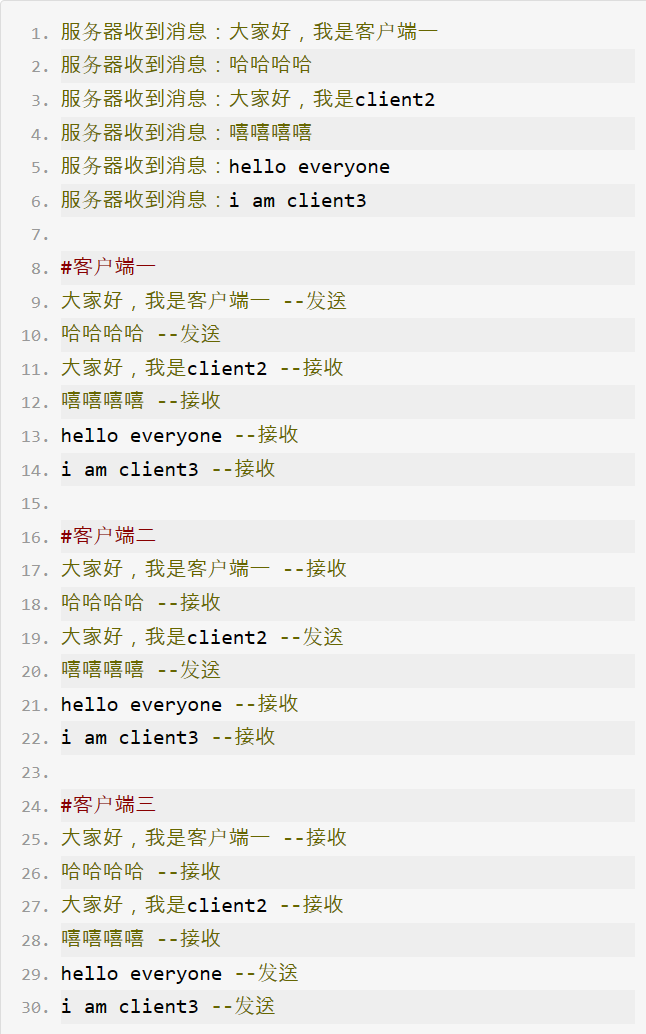
NIO专题学习(一)
一、BIO/NIO/AIO介绍 1. 背景说明 在Java的软件设计开发中,通信架构是不可避免的。我们在进行不同系统或者不同进程之间的数据交互,或者在高并发的通信场景下都需要用到网络通信相关的技术。 对于一些经验丰富的程序员来说,Java早期的网络…...

Linux学习笔记:Linux基础知识汇总(个人复习版)
常用命令: 1、ls -a:显示所有文件(包括隐藏文件),简洁版 -l:显示所有文件,详细版 -R:显示所有文件以及子目录下文件,简洁版 可以搭配使用。 2、netstat -i&#x…...

MSR020/MSR040低温漂、低功耗电压基准
MSR020/MSR040 是低温漂、低功耗、高精度 CMOS 电压基准, 具有 0.05% 初始精度和低功耗的特点。 该器件的低输出电压迟滞和低长期输出电压漂移的 特性,可以进一步提高稳定性和系统可靠性。 此外,器 件的小尺寸和低工作电流的特性使其非…...

一个是生产打包的时候, 一个是本地测试启动的时候,maven如何配置?
在Maven项目中,使用两套不同的pom.xml配置分别用于生产打包和本地测试启动是常见需求,尤其当你需要调整依赖范围、插件配置或使用不同资源文件时。Maven通过profiles和activeProfiles提供了灵活的配置管理方案,允许你为不同的环境或构建场景定…...

公文字体包下载
https://zuzhibu.xaufe.edu.cn/info/1063/3421.htm 下载解压后,将相应字体文件粘贴至C:\Windows\Fonts 等待安装完成就可以了...

主从备份及安装准备
主从复制 学习内容 1. 备份的三种类型 1. 热备份 2. 逻辑备份 3. 物理备份 2. 情景 ⼊职企业,发现企业架构为⼀主多从,但是两台从服务器和主库不同 步,但是每天会全库北⽅主服务器上的数据到从服务器,由于数据量 不是很⼤&a…...

翻译英文的软件,分享3款翻译神器!
在这个全球化的时代,跨越语言障碍成为了我们连接世界的桥梁。无论你是旅行爱好者、国际商务人士,还是学习新语言的求知者,一款高效、准确的翻译软件都是不可或缺的伙伴。今天,就让我们一起探索那些让沟通无界限的翻译神器…...

软件测试解读——性能效率测试
一、性能效率测试概述 性能效率(efficiency)为GB/T 25000.51-2016标准中提及的软件产品的八大产品质量特征之一。性能效率测试用于评估待测系统与软件在给定的时间和其他资源限制下完成其指定功能的程度,也称作性能测试。 为完成系统与软件性能测试,…...

【PLC】子程序功能心得
博主用GX Works编程的时候用到子程序,这里给大家和自己强调一下,每个子程序一定要以SRET结束,尤其是有多个子程序的时候 博主吃了个大亏,由于有两个子程序,结果第一个子程序没有写SRET,结果两个子程序默认以…...

Iris for mac 好用的录屏软件
Iris 是一款高性能屏幕录像机,可录制到 h.264。Iris 在可用时利用板载 GPU 加速。它可以选择包括来自摄像头和最多两个麦克风的视频。 兼容性 所有功能在macOS 11.0-14上完全支持,包括macOS Sonoma。 简单编码 直接录制为h.264、h.265、ProRes或Motion…...

Transformers实战05-模型量化
文章目录 简介主要类型量化的优点量化的缺点量化过程量化过程反量化过程 精度和参数 量化实例bitsandbytes安装bitsandbytes4bit量化(加载)8bit量化(加载)验证效果 简介 模型量化(Model Quantization)是一种优化技术,旨在减少机器学习模型的…...

【Python】bytes 和 bytearray 到底是什么类型呢?
bytes和bytearray同属于二进制序列类型,是常见的数值类型的一种。 bytes多用在在文件的读写、网络通信、数据编码/解码等场景用的比较多。 而bytearray在二进制数据处理、图像处理、内存映射文件和网络通信等场景用的比较多。 其中这两部分的主要差别: …...

Windows10上安装SQL Server 2022 Express
Microsoft SQL Server 2022 Express是一个功能强大且可靠的免费数据管理系统,可为轻量级网站和桌面应用程序提供丰富可靠的数据存储,为关系数据库: (1).LocalDB(SqlLocalDB):是Express的一种轻型版本,该版本具备所有可…...

C++11 异常
目录 0.前言 1.C语言传统错误处理方式 1.1使用返回值 1.2使用全局变量 1.3使用断言 1.4优缺点 2.C异常的概念 3.异常的使用 3.1异常的抛出和捕获 3.1.1异常的抛出和匹配原则 3.1.2在函数调用链中异常栈展开匹配原则 3.2异常的重新抛出 3.3异常安全 3.4异常规范 4.自定义异常体系…...

pip下载lap失败
把pip install lap改为pip intsall lapx...

【Material-UI】Button 中的点击事件处理(Handling clicks)详解
文章目录 一、点击事件处理基础1. 基本用法2. 事件处理器的传递 二、实际应用中的注意事项1. 事件处理逻辑的优化2. 避免过多的状态更新3. 使用合适的事件类型 三、关于文档中未提及的原生属性四、最佳实践1. 无障碍性2. 视觉反馈3. 防止重复点击 五、总结 在现代前端开发中&am…...

Spring Cache框架(AOP思想)+ Redis实现数据缓存
文章目录 1 简介1.1 基本介绍1.2 为什么要用 Spring Cache? 2 使用方法2.1 依赖导入(Maven)2.2 常用注解2.3 使用步骤2.4 常用注解说明1)EnableCaching2)CachePut3)Cacheable4)CacheEvict 3 注意…...

在Windows编程中,MFC\C++中如何在OnCopyData中传递Vector类型数据?
我们在通过 WM_COPYDATA 消息实现进程间通信时,发送char 数组或其他类型数组与发送vector是有区别的。 1、发送基础类型时,直接发送指针。 typedef struct tagMYSTRUCT {int nTest;wchar_t cTest[40] {0}; } MYSTRUCT, *PMYSTRUCT;MYSTRUCT stSend; s…...

Java常见面试题-01-java基础
文章目录 面向对象的特征Java 的基本数据类型有哪些JDK、JRE、JVM 的区别重载和重写的区别Java 中和 equals 的区别String、StringBuffer、StringBuilder 三者之间的区别接口和抽象类的区别是什么string 常用的方法有哪些什么是单例模式?有几种?什么是反…...
)
浏览器访问 AWS ECS 上部署的 Docker 容器(监听 80 端口)
✅ 一、ECS 服务配置 Dockerfile 确保监听 80 端口 EXPOSE 80 CMD ["nginx", "-g", "daemon off;"]或 EXPOSE 80 CMD ["python3", "-m", "http.server", "80"]任务定义(Task Definition&…...
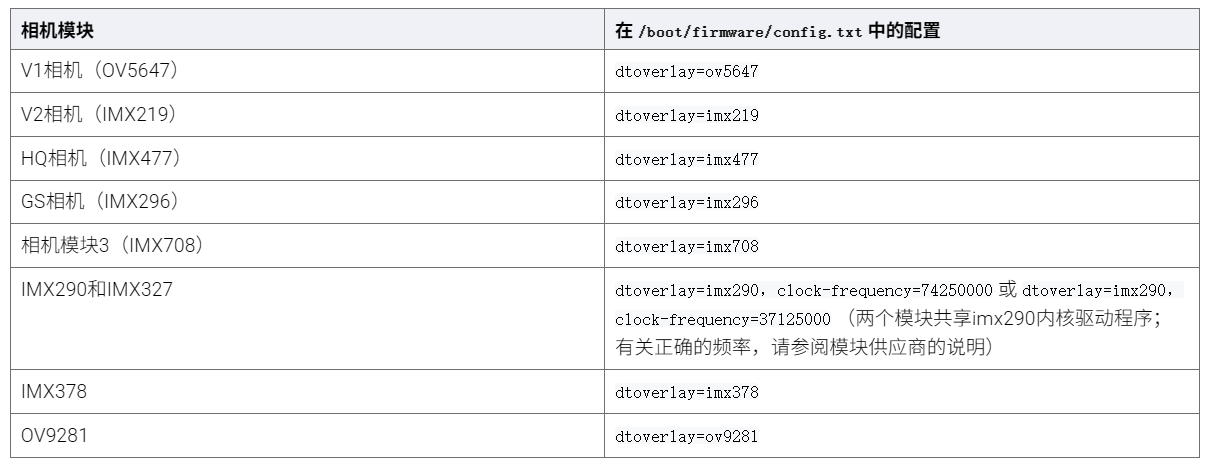
树莓派超全系列教程文档--(61)树莓派摄像头高级使用方法
树莓派摄像头高级使用方法 配置通过调谐文件来调整相机行为 使用多个摄像头安装 libcam 和 rpicam-apps依赖关系开发包 文章来源: http://raspberry.dns8844.cn/documentation 原文网址 配置 大多数用例自动工作,无需更改相机配置。但是,一…...
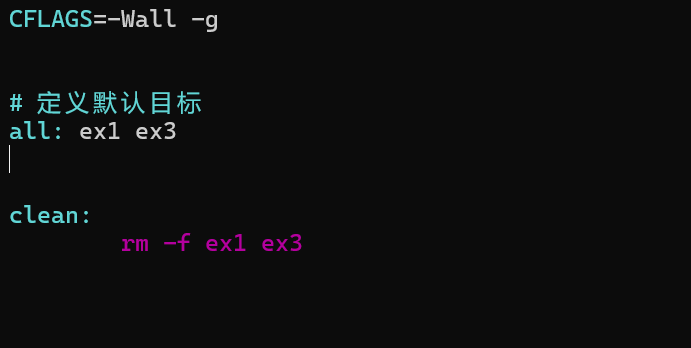
YSYX学习记录(八)
C语言,练习0: 先创建一个文件夹,我用的是物理机: 安装build-essential 练习1: 我注释掉了 #include <stdio.h> 出现下面错误 在你的文本编辑器中打开ex1文件,随机修改或删除一部分,之后…...

Cilium动手实验室: 精通之旅---20.Isovalent Enterprise for Cilium: Zero Trust Visibility
Cilium动手实验室: 精通之旅---20.Isovalent Enterprise for Cilium: Zero Trust Visibility 1. 实验室环境1.1 实验室环境1.2 小测试 2. The Endor System2.1 部署应用2.2 检查现有策略 3. Cilium 策略实体3.1 创建 allow-all 网络策略3.2 在 Hubble CLI 中验证网络策略源3.3 …...
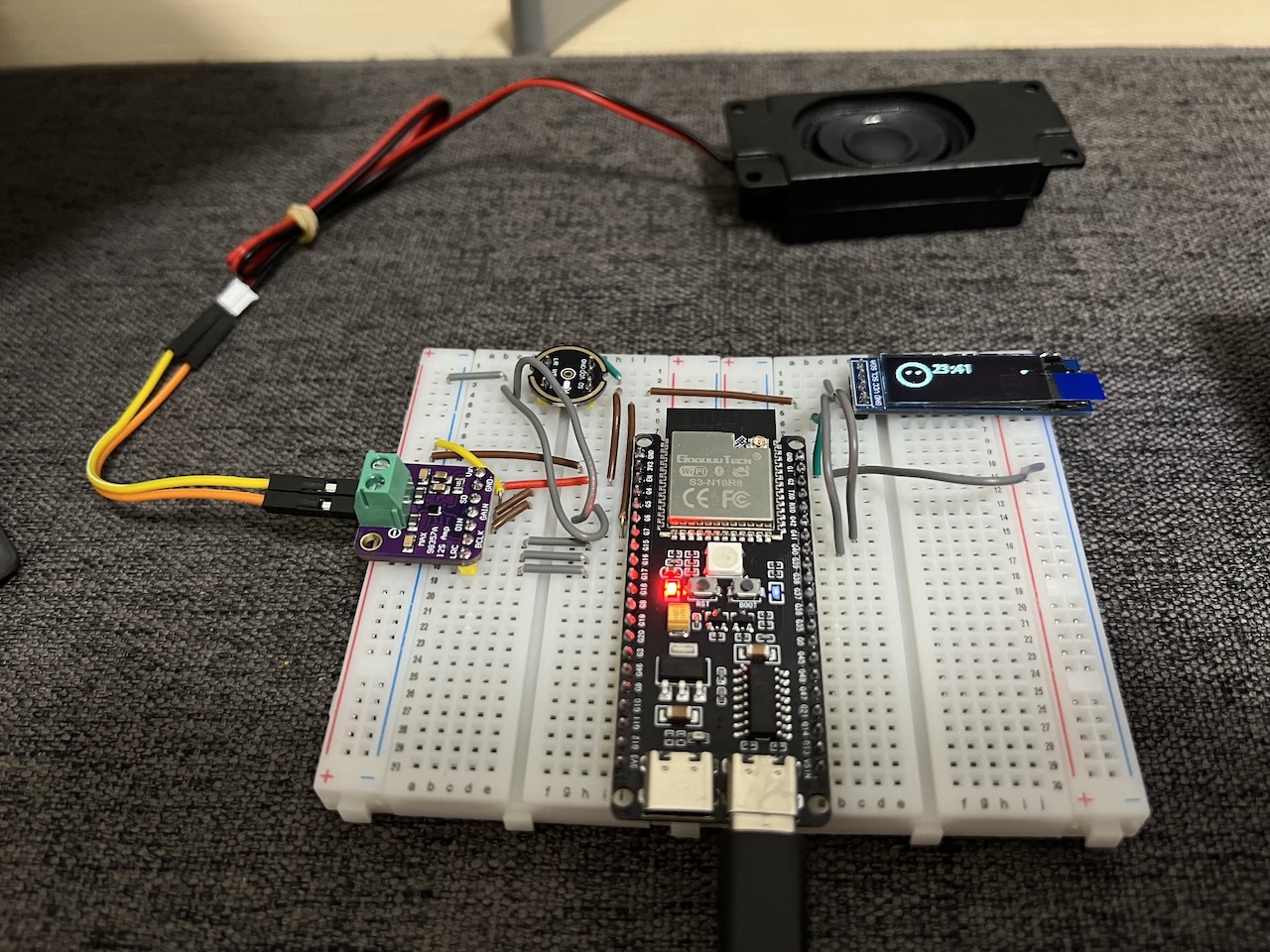
DIY|Mac 搭建 ESP-IDF 开发环境及编译小智 AI
前一阵子在百度 AI 开发者大会上,看到基于小智 AI DIY 玩具的演示,感觉有点意思,想着自己也来试试。 如果只是想烧录现成的固件,乐鑫官方除了提供了 Windows 版本的 Flash 下载工具 之外,还提供了基于网页版的 ESP LA…...
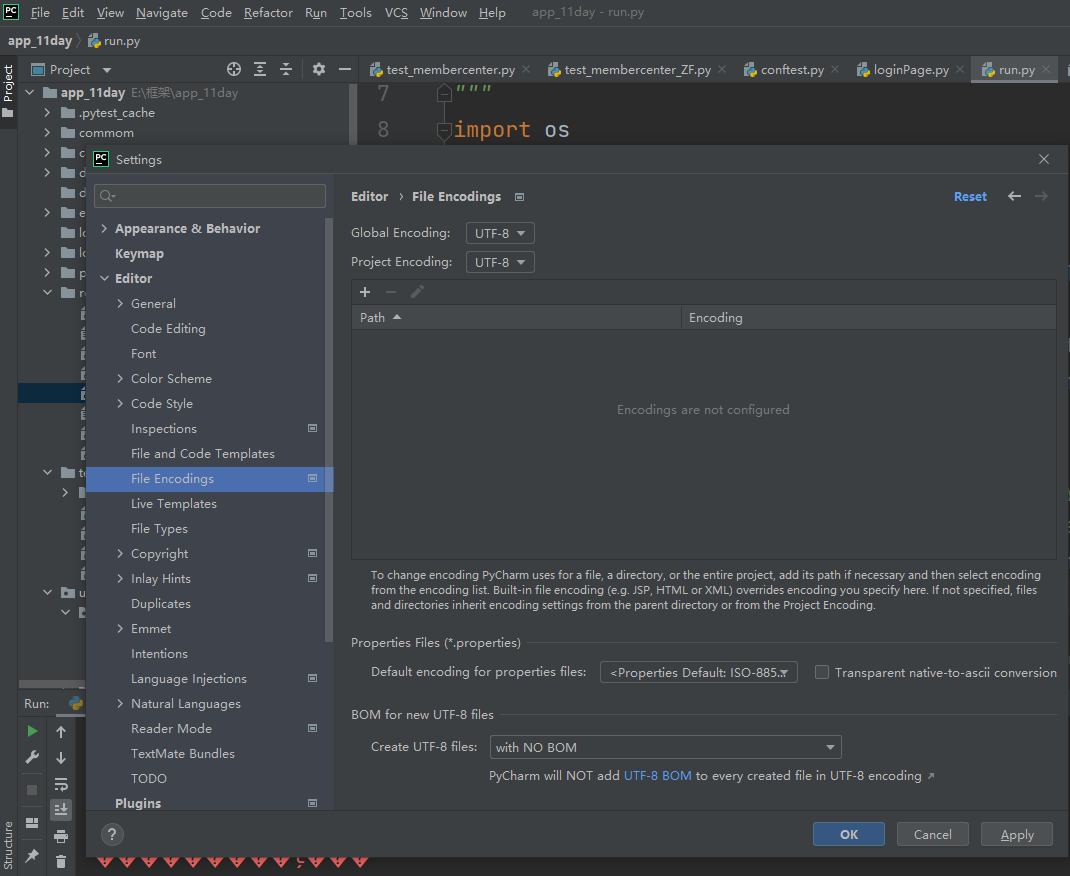
python执行测试用例,allure报乱码且未成功生成报告
allure执行测试用例时显示乱码:‘allure’ �����ڲ����ⲿ���Ҳ���ǿ�&am…...

STM32HAL库USART源代码解析及应用
STM32HAL库USART源代码解析 前言STM32CubeIDE配置串口USART和UART的选择使用模式参数设置GPIO配置DMA配置中断配置硬件流控制使能生成代码解析和使用方法串口初始化__UART_HandleTypeDef结构体浅析HAL库代码实际使用方法使用轮询方式发送使用轮询方式接收使用中断方式发送使用中…...

k8s从入门到放弃之HPA控制器
k8s从入门到放弃之HPA控制器 Kubernetes中的Horizontal Pod Autoscaler (HPA)控制器是一种用于自动扩展部署、副本集或复制控制器中Pod数量的机制。它可以根据观察到的CPU利用率(或其他自定义指标)来调整这些对象的规模,从而帮助应用程序在负…...
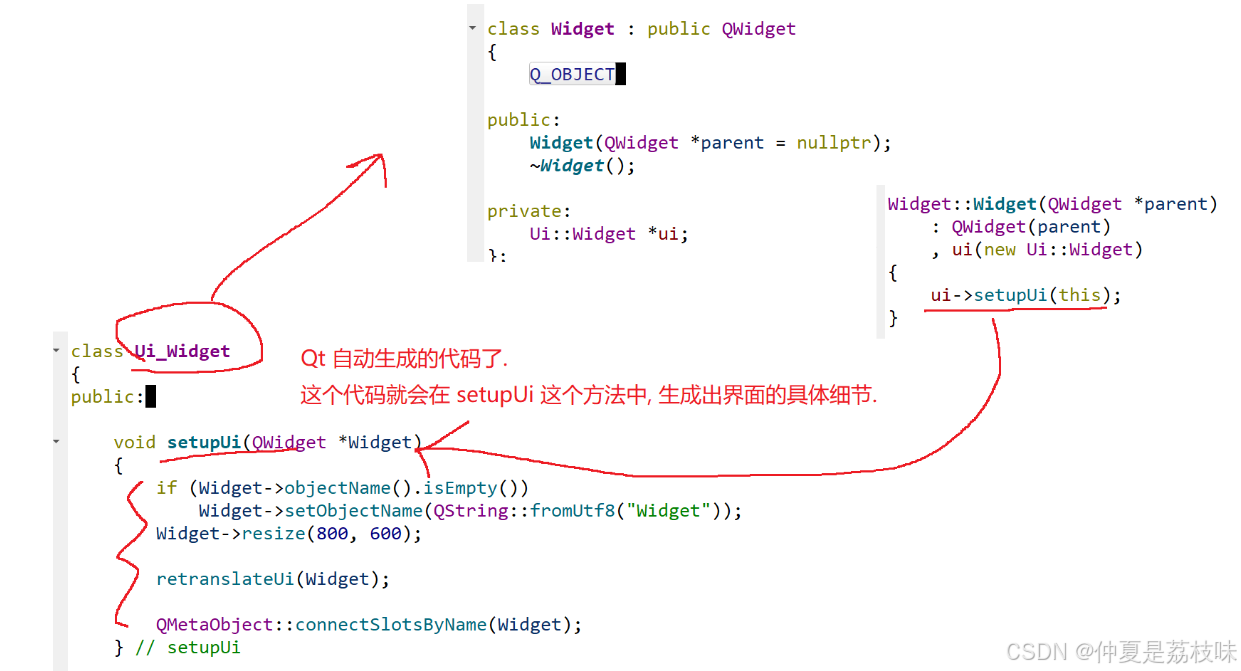
Qt的学习(一)
1.什么是Qt Qt特指用来进行桌面应用开发(电脑上写的程序)涉及到的一套技术Qt无法开发网页前端,也不能开发移动应用。 客户端开发的重要任务:编写和用户交互的界面。一般来说和用户交互的界面,有两种典型风格&…...

内窥镜检查中基于提示的息肉分割|文献速递-深度学习医疗AI最新文献
Title 题目 Prompt-based polyp segmentation during endoscopy 内窥镜检查中基于提示的息肉分割 01 文献速递介绍 以下是对这段英文内容的中文翻译: ### 胃肠道癌症的发病率呈上升趋势,且有年轻化倾向(Bray等人,2018&#x…...
